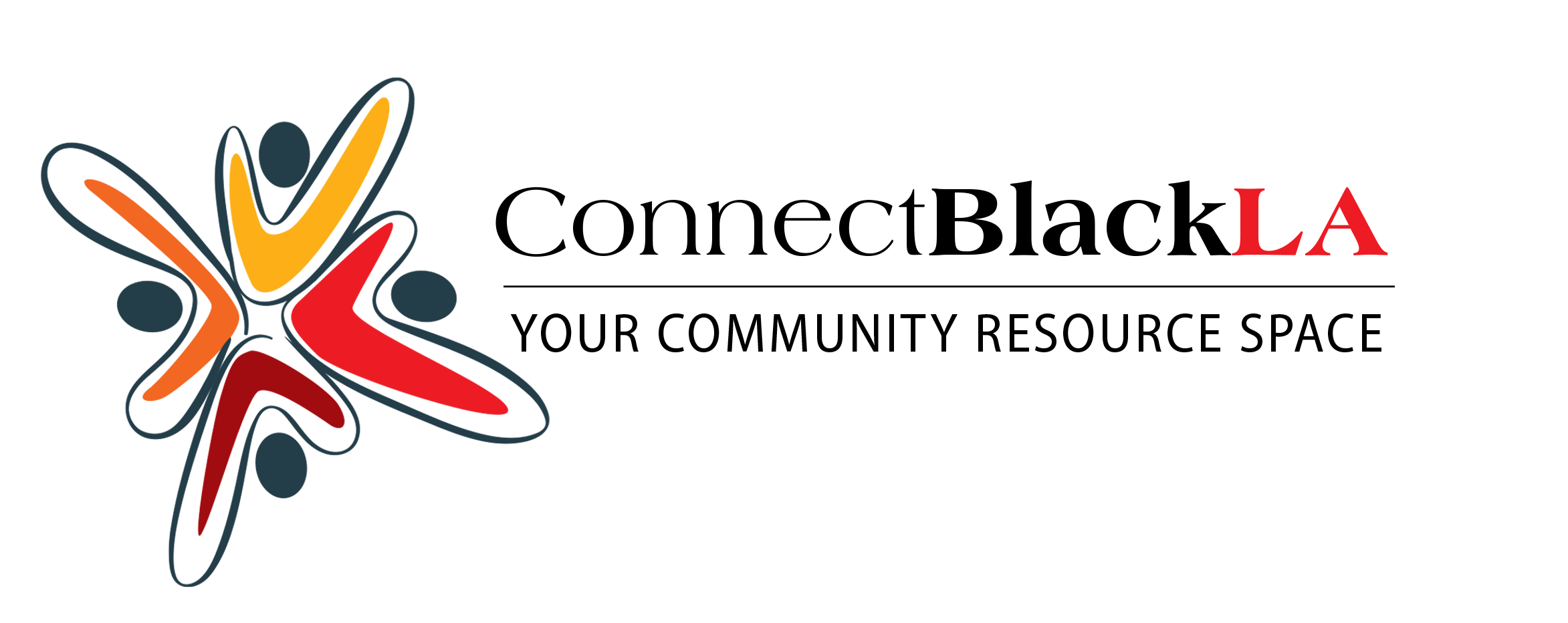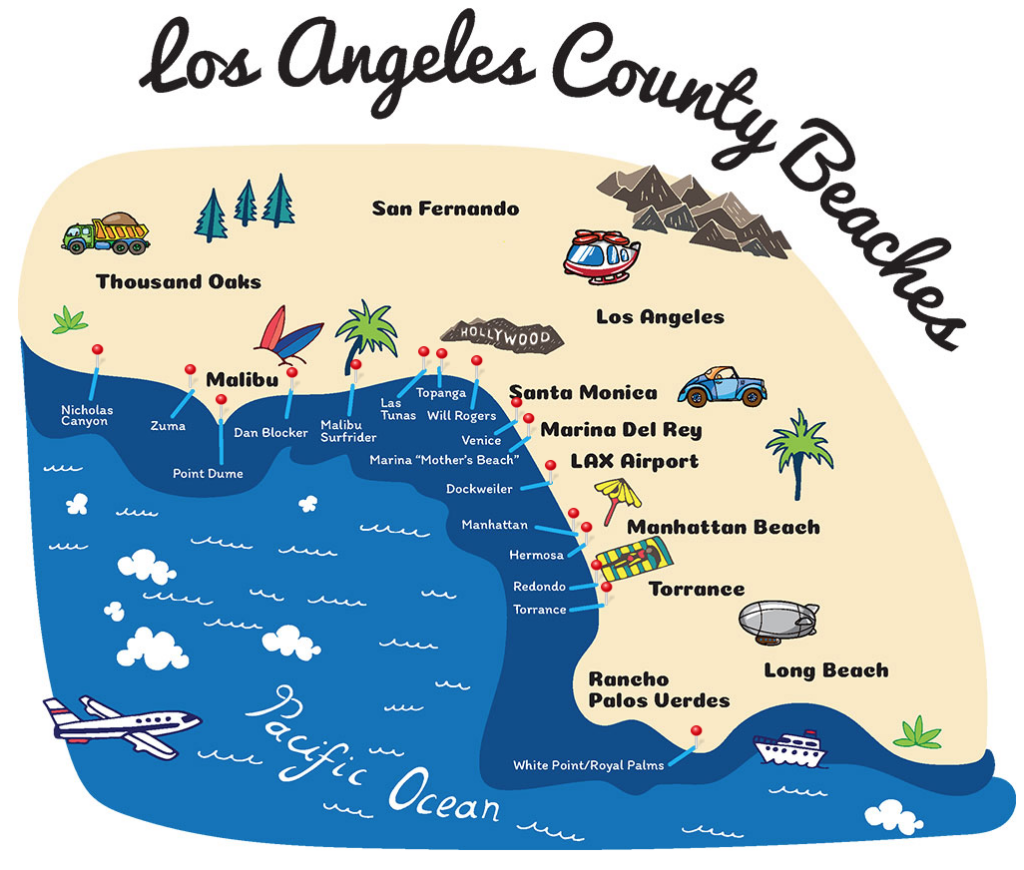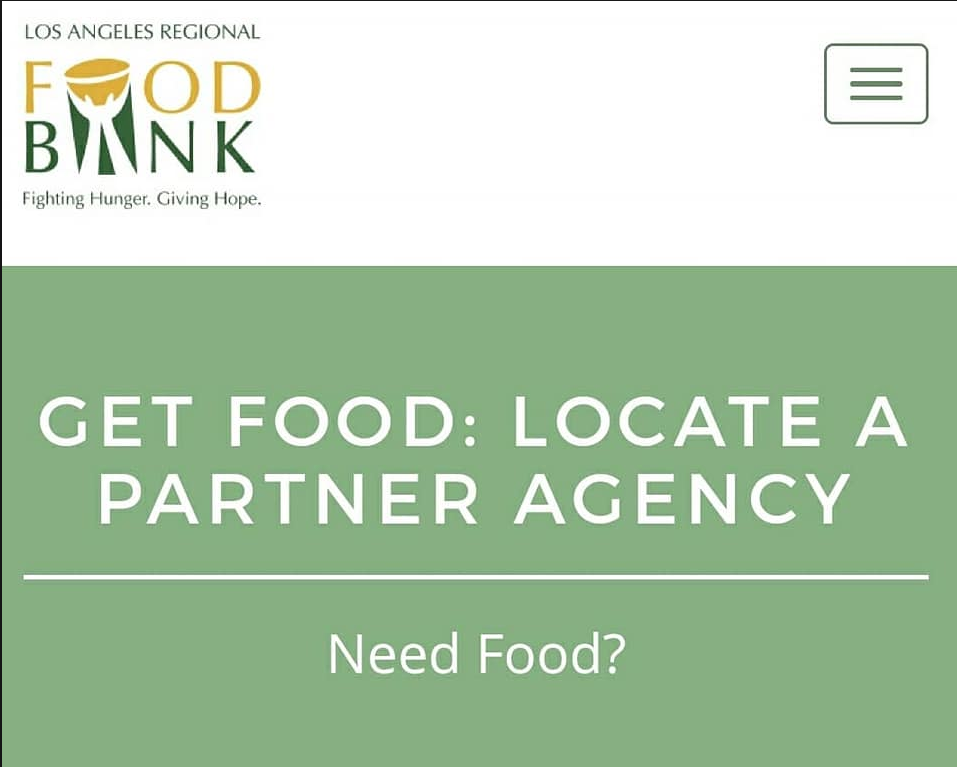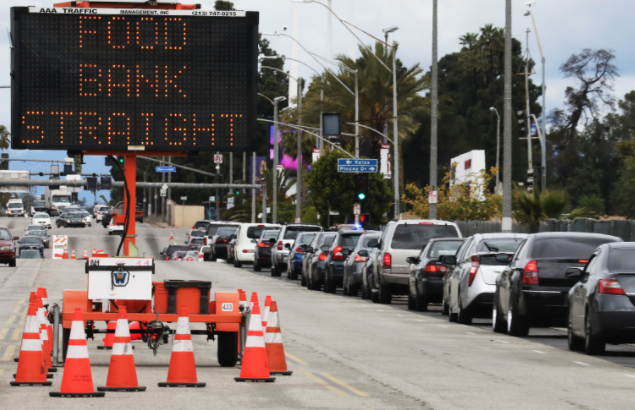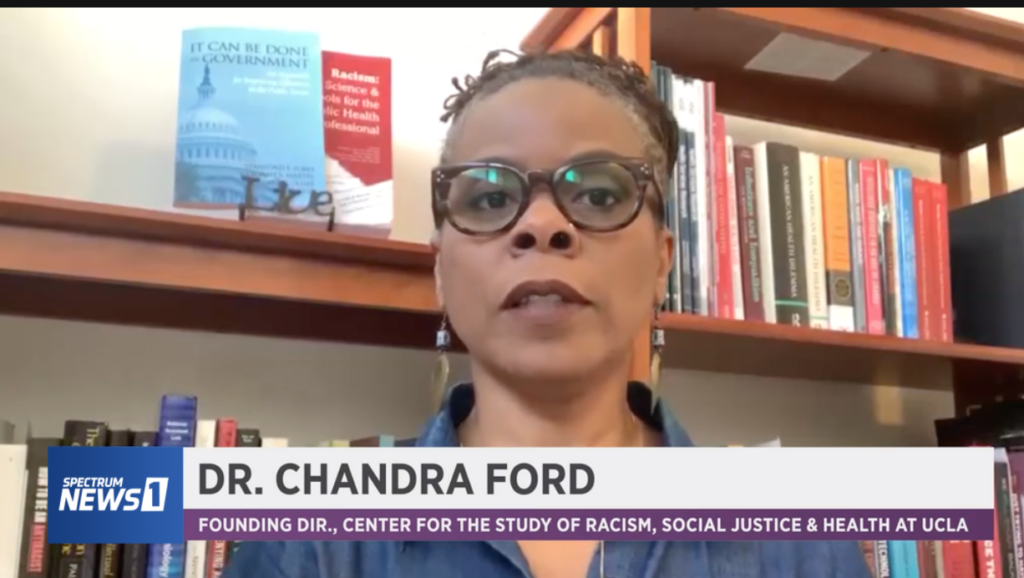In the last month, 2.7 million Californians have filed for unemployment. With stay-at-home orders in place until at least May 15, those numbers are expected to go up. More than ever, people need help, not just with making rent or keeping businesses afloat but with the most basic necessities — like food.
Nowhere is that clearer than at Southern California’s food banks and food pantries. Lines stretch out the door and snake around the block. Cars wait in mile-long queues at drive-through distribution centers.
“I’ve talked to people that have been in the food banking and pantry business for a lifetime, 30-plus years,” says Harald Herrmann, CEO of Second Harvest Food Bank of Orange County. “No one’s ever seen anything like this.”
First off, what’s the difference between a food bank and food pantry?
The key difference is storage and distribution. A food bank is typically a non-profit that functions as a storage point — usually a big warehouse — for food donated by retailers, producers, restaurants and grocery stores. Food banks work with drivers to transport food to member agencies that distribute the food to people in need. These agencies can include meal programs, charities and distribution centers, known as food pantries, where people can receive groceries. Food pantries come in all forms. Some are tied to schools and some are mobile, traveling to neighborhoods that may not have a traditional food pantry.
Who’s showing up to get food assistance?
The short answer is everyone.
Second Harvest is seeing a broader variety of people requesting food aid. “It’s a population that we’re calling the newly vulnerable. It’s not just the working poor,” Herrmann says. He’s referring to two-income households that, due to a layoff or a furlough, have gone down to one income; families that relied on now-closed schools to provide some meal assistance for their children; and families that were at least a couple of paychecks away from needing aid.
“Just in [Orange] county alone, over 40% of our residents are tied to an industry that’s at high risk of layoff,” Herrmann says, referring to businesses associated with travel and hospitality.
“Our food has always gone to a range of people, everyone from families to seniors and veteran and college students,” says Genevieve Riutort, chief development officer of the Westside Food Bank in Santa Monica.
Now, she’s seeing a wave of people who are new to food banks and who have never needed aid before. Many were laid-off, furloughed or had hours cut at hospitality-related jobs. “Who among us doesn’t know someone who is now on unemployment and struggling to get by?” she says.
Source: https://laist.com/2020/04/18/socal_los_angeles_food_banks_coronavirus_epic_need_epic_lines.php
